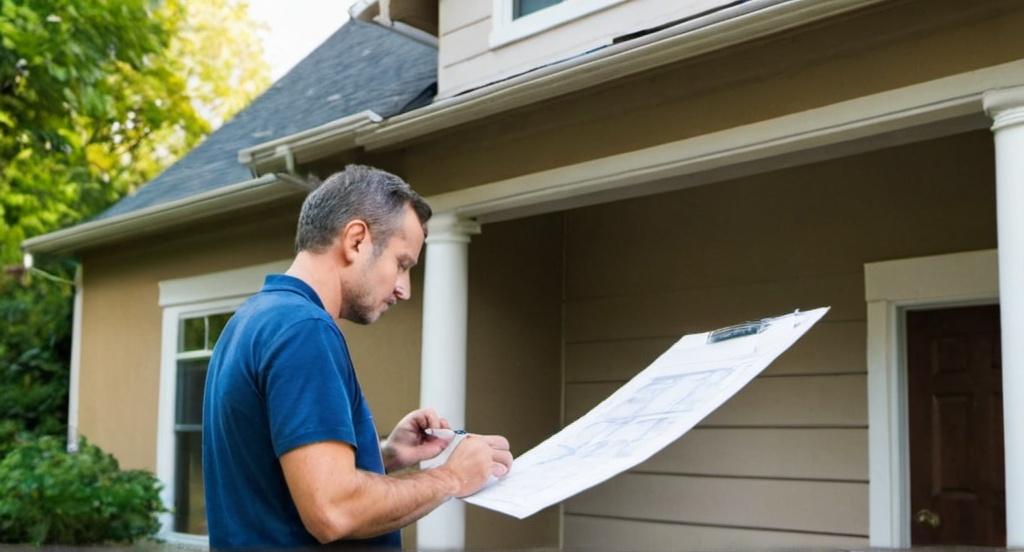Key Take Aways about Apartment lease agreement
- An apartment lease agreement is a binding contract defining the relationship between landlord and tenant.
- Key components include rent, deposit, lease term, and rules/regulations.
- Pay attention to clauses on rent increases, utility responsibilities, and subleasing rights.
- Consider potential “what if” scenarios like pet policies or redecorating.
- Leases are negotiable; discuss terms with the landlord if necessary.
- Always read and understand the lease thoroughly to avoid surprises, like unexpected parking fees.
- The lease is crucial for resolving disputes about living conditions.

Understanding the Basics of an Apartment Lease Agreement
An apartment lease agreement is like a handshake—formal and binding, yet sometimes tricky to navigate. It’s the legal link between a landlord and tenant, setting the ground rules for the rental arrangement. And just like any contract, it needs some attention before signing on that dotted line.
What’s in a Lease Agreement?
Most lease agreements cover the basics: the rent amount, duration, and any extra costs. But it’s not just a bunch of legalese. This document can save you from future headaches if you know what you’re looking for.
Key Components
– **Rent and Deposit:** Obviously, rent is the biggie. It tells you how much you owe each month and usually how to pay it. Oh, and those deposits? They’re not just a goodwill gesture—they’re your fallback if stuff goes sideways.
– **Lease Term:** This is your stay period, whether it’s a year-long commitment or a month-to-month setup. Don’t skip the fine print on how to end it early, just in case.
– **Rules and Regulations:** This section covers the Dos and Don’ts of apartment living. Think pet policies, noise restrictions, and even whether you can hang that quirky art piece on your wall.
The Small Print You Shouldn’t Ignore
Sure, the lease looks straightforward, but sometimes it hides stuff that’ll sneak up on you. Pay close attention to clauses about rent increases. Some landlords sneak in terms that let them hike your rent mid-lease. It’s not a surprise anyone enjoys.
Utilities and maintenance might also be your business. Check if you’re on the hook for water, electricity, or that leaky faucet under the sink. Also, look into subleasing terms if you’re thinking of subletting your space to a buddy or someone off a website.
Navigating Lease Agreements With Confidence
Once you’ve got the basics down, start thinking about the “what ifs” in your situation. Got a pet? Make sure the lease doesn’t have hidden pet fees. Planning to redecorate? Double-check you won’t be losing your security deposit over a few nails in the wall.
Lease Negotiations
Believe it or not, leases aren’t set in stone. If there’s something you’re not comfortable with, talk to the landlord about amending the lease. It doesn’t hurt to ask for better terms on rent or repairs. They might just be game if it means securing a reliable tenant.
Personal Experiences
Let me tell you about my friend Joe. He once signed a lease without reading the section on parking. Surprise! No parking spot, and he had to shell out extra at a nearby garage. Lesson learned: Always ask questions if something in the lease doesn’t make sense.
When Things Go South
If disputes pop up, your lease becomes your go-to document. Whether it’s a noisy neighbor or a malfunctioning fridge, your first step should always be to check what the lease says about it. Sometimes it’s just a matter of pointing out the written terms to get things squared away.
Final Thoughts
An apartment lease agreement might seem like just another piece of paper, but it’s really your guide for a peaceful living experience. Ask questions, negotiate where you can, and remember Joe’s parking story. Besides, who wants to pay extra for parking when you can be sipping coffee on your balcony instead?